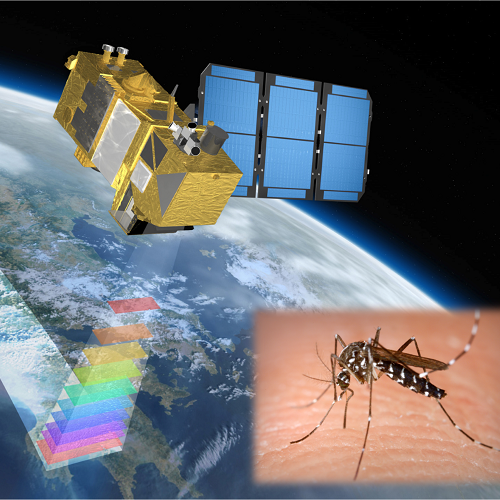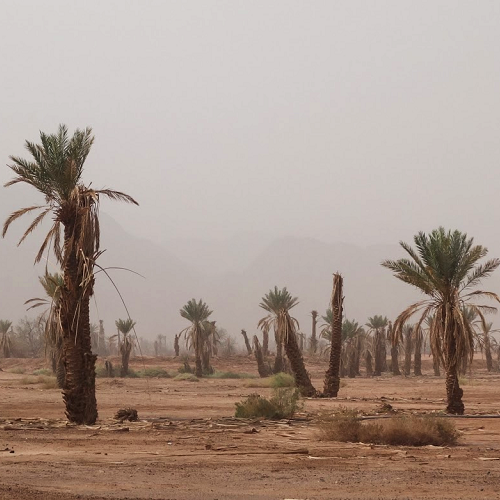Aedes albopictus, a highly invasive mosquito species and important transmission vector of dengue, zika, yellow fever, dirofilaria and chikungunya, has spread rapidly from Asia and is now established across Europe. It poses a serious public health threat and has recently led to the transmission of dengue fever in Europe. Ongoing UK-wide surveillance recently detected this […]
Read More
The high Arctic is warming at an alarming rate, disrupting soil carbon, nutrient and hydrological cycles. This is resulting in increased soil microbial activity with subsequent increases in nutrient availability and hence plant productivity and nutrient losses to the wider environment. Losses of the greenhouse gases, nitrous oxide, methane and carbon dioxide result in a […]
Read More
Palaeoceanographic studies have often focused on understanding how the North Atlantic Ocean responds to and has driven past changes in the global climate-oceanographic system. In recent years, it has become apparent that the North Pacific Ocean may play an equally important role, with evidence of deep-water formation when global climatic conditions were similar or warmer […]
Read More
Southeast Asian (SE-Asian) freshwater biodiversity is declining rapidly. This is particularly true for Borneo, renowned for its highly diverse and globally important biodiversity. The situation is alarming as rivers are a critical resource for humans, providing water, food and energy. Conservation of freshwater ecosystems and the services they provide requires in-depth knowledge of which species […]
Read More
This project assesses geodiversity-biodiversity relationships and hypothesised drivers, mainly at the Târnava Mare Natura 2000 site, Transylvania (Romania). This landscape of traditionally managed grasslands, including highly biodiverse wildflower hay meadows, represents habitat types lost across much of Europe that are targets for restoration and conservation. Târnava Mare is also geodiverse: topographically, geologically, edaphically and hydrologically […]
Read More
In this multidisciplinary, international project you will address novel and exciting questions about the ecological and evolutionary consequences of mitochondrial variation in wild animals. You will combine ecological fieldwork, fish-keeping and behavioural experiments with cutting-edge bioinformatics and physiological assays to examine differences between three-spined stickleback fish with different mitochondrial genetics. Ecological fieldwork will take place […]
Read More
We are looking for a student with interests in Arctic science, microbial ecology and lake ecosystems. Focused on the Kangerlussuaq area of West Greenland, this project will determine the genetic diversity and functional role of benthic microbial communities which live on the bottom of lakes. The impetus for this study derives from the observations that […]
Read More
Complex species interactions make the impacts of global environmental change difficult to foresee. Understanding the ecological and evolutionary relationships between species, and the way that the fitness of a species is affected by changes in community composition, is essential to predict shifts in species distributions and patterns of biodiversity. In this project, we will investigate […]
Read More
Climate change may drive the emergence of disease epidemics with severe ecological and economic consequences. Freshwater ecosystems, and their iconic inhabitants such as salmonid fish, are among the most threatened by anthropogenic change – disease emergence further endangers their biodiversity. To improve the resilience of salmonid populations to future disease threats, this project aims to […]
Read More
Understanding the mechanisms and evolution of drought tolerance in plants is crucial to support the development of drought-tolerant crops, assess the vulnerability of wild species to climate change, and ensure that drought-tolerant genotypes are included in conservation programmes. Comparative studies including model crop species and their more variable wild relatives show great potential to progress […]
Read More










